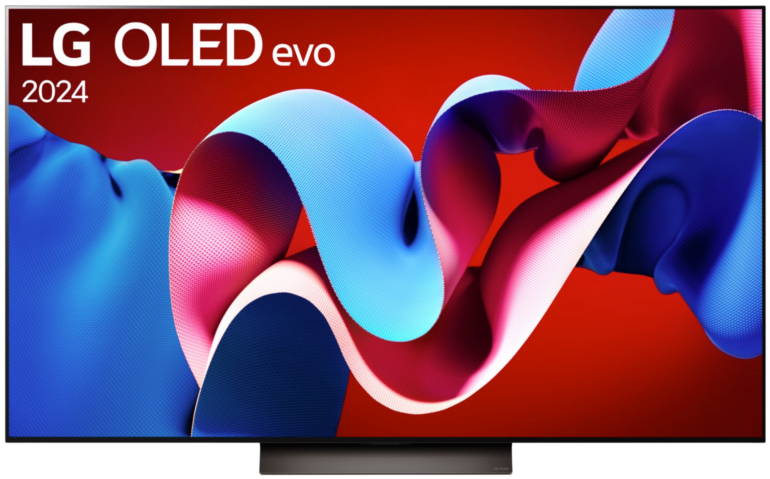LG OLED evo G3 vs Samsung S95C QD-OLED TV comparison 2023/06
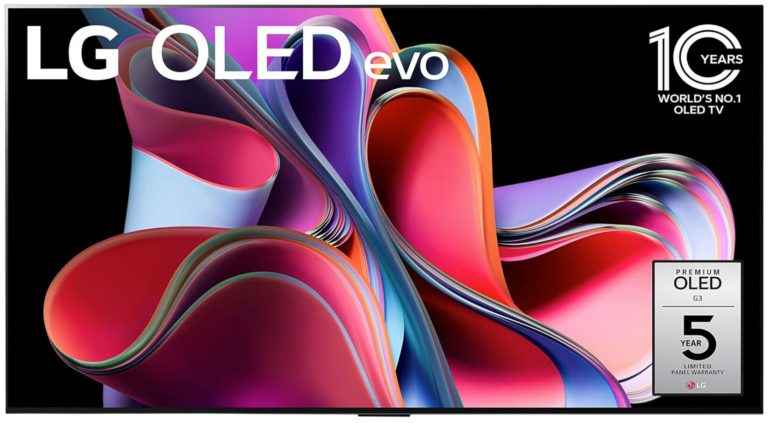
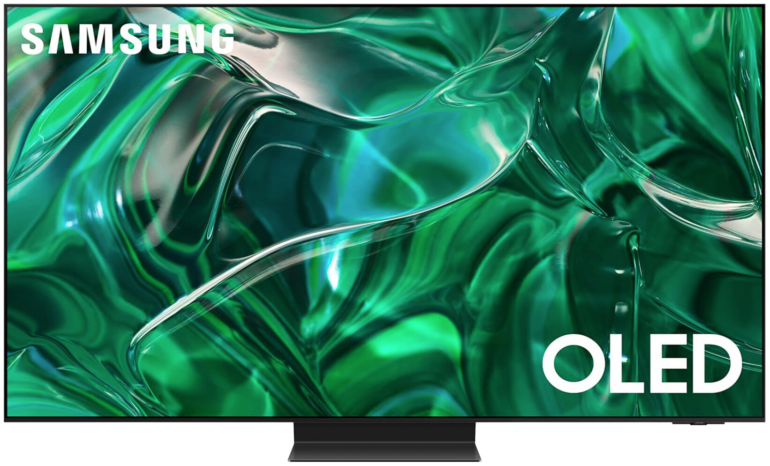
Hey! If you buy through our links, you support our project. It won't cost you a cent more! Many thanks in advance! ♥️
LG OLED evo G3 and Samsung S95C QD-OLED compared – Which TV is better?
Detailed comparison: LG OLED evo G3 or Samsung S95C QD-OLED
Effective minimisation of glare
With the newly introduced so-called Vanta Black coating, the G3 can catch up with the S95C in terms of reflection resistance. However, both TVs – like their predecessors – still have a visible colour cast, which is violet on the G3 and tends towards a pinkish hue on the S95C.

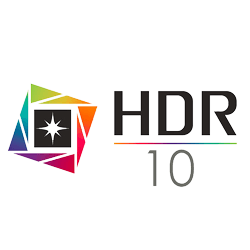

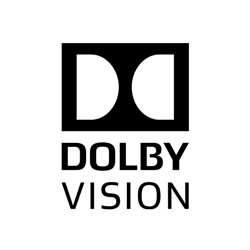




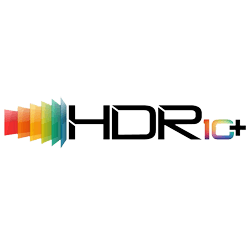
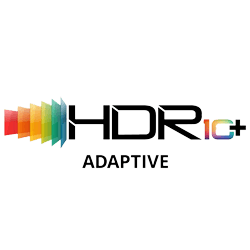
More than enough visibility for everyone
As we all know, one of several advantages that OLED technology offers is high viewing angle stability, which means that there is virtually no loss of quality, even from a particularly slanted perspective.
That’s why you don’t have to worry about this at all with both models and can enjoy a consistently good picture even in large groups.



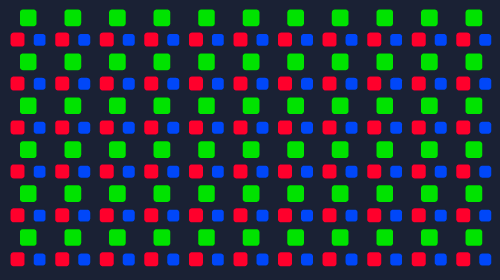


Brighter at standard colours
Considering OLED standards, both TVs deliver really good results in the SDRStandard Dynamic Range – image/video with a conventional gamma curve (opposite: HDR) – “normal” videos range. When viewed across the entire screen, however, the G3’s Automatic Brightness Limiter allows for a little more luminance.
On the other hand, Samsung’s brightness control is sharper and therefore reduces bright scenes considerably more. As a result, the S95C is not perceived as being any brighter than in HDRHigh Dynamic Range – image/video with more dynamic range (contrast range) mode when it comes to high-luminance content across large areas.


Competition for the brightness title
As soon as the TVs switch to high dynamic range, the situation is somewhat different. While the G3 displays a higher peak brightness across wide areas in HDRHigh Dynamic Range – image/video with more dynamic range (contrast range) mode, Samsung keeps its lead with the S95C across the entire screen surface here.
Without a doubt, both sets clearly belong to the TV elite and show that the brightness curve for OLEDs is also steadily moving upwards. Nevertheless, you should take this statement with a grain of salt, as backlit TVs still have advantages in bright and very bright light conditions.










Enhanced home cinema experience
Both TVs support all of the usual streaming services available today and provide you with perfect black levels free of halo effects. However, you will find differences within the variety of HDRHigh Dynamic Range – image/video with more dynamic range (contrast range) formats.
As expected, LG continues to use Dolby VisionDynamic HDR-format with a color depth of up to 12 Bits and Mastering of up to 10,000 Nits including the IQ variant and the normal HDR10HDR10 Media Profile – HDR with a color depth of 10 Bit in the Rec. 2020 colorspace standard. Samsung, as usual, does not use this option, preferring to save the licence fee for Dolby’s product and offers HDR10+License-free, dynamic HDR-format in competition with Dolby Vision and HDR10+ Adaptive instead. However, cinema lovers will have to do without IMAX support completely.



Sync technologies and 144 hertz
Both TVs are great options for gamers that are looking for low latency and support of 4K at 120 HertzHertz is the derived SI-unit of frequency with 1Hz=1/s – When talking about TVs this means how many different pictures a TV can display in one second.. However, the S95C goes a step further with its hardware compatibility and provides PC owners with a 144 Hertz option at Full HD resolution and above.
If you have a high-performance machine, you can use the panel to its full potential. Additional functions such as a variable frame rate via AMD FreeSyncVariable Refresh Rate with AMD graphics cards or consoles and Nvidia G-SyncVariable Refresh Rate for Nvidia graphics cards add a decent finishing touch to the gaming equipment. However, you will not be able to use Dolby VisionDynamic HDR-format with a color depth of up to 12 Bits and Mastering of up to 10,000 Nits Gaming on the Samsung.


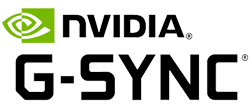



Responsive screens
Thanks to their high refresh rateHertz is the derived SI-unit of frequency with 1Hz=1/s – When talking about TVs this means how many different pictures a TV can display in one second. in combination with the interframe calculation and the responsive displays, you are looking at a clean picture almost all the time. The Samsung’s intermediate frame calculation is limited to 120 frames however.
When a lot is happening, the sharpness of movement remains mostly at a high level and captures scenes clearly. In addition, there is an accurate reproduction of large colour areas. So you don’t have to worry about blotchy playing fields.
Balanced feature race
Features such as voice control and smart home integration can be found on both platforms. However, due to its Apple interfaces, the LG offers you a little more connectivity options in this category.
If you prefer DTSMulti-channel-sound-system (Surround Sound) competing with Dolby Digital:X or want to keep this option open, the Samsung will leave you empty-handed. Although the G3 does not provide direct output of this codec via its speakers, it can forward the format to compatible home cinema systems and soundbars.
On the other hand, you will find a better solution for cable management with the S95C and the One Connect Box that comes with it. The flat connection box can be placed freely around the TV and allows easy access to the interfaces.



integriert

integriert


kompatibel

integriert
Our conclusion:OLED Titan vs QD Giant
Two heavyweights of the TV Olympus that set the OLED standard anew – just like their predecessors. Although the intersection of picture performance and features in our comparison between the LG OLED evo G3 vs Samsung S93C QD-OLED is relatively large overall, each of the models also has one or two exclusive features to offer.
Depending on personal preference, the purchase decision can thus go one way or the other. Although Samsung has added a 77-inch version to the QD-OLED series, LG is offering an 83-inch variant of the G3 and thus has an even broader product selection.
Whatever you choose, you can be sure of a first-class viewing experience with both devices that meets today’s expectations in terms of picture power and functionality.

- Latest MLA technology
- Top brightness values
- High blink angle stability
- Slim gallery design
- Custom-fit bracket included
- DTS passthrough
- Anti-reflective coating with a slight violet tint
- Automatic brightness limitation partially acts strongly
- Stand must be purchased separately
